Family: Mantidae Scientific name: Mantis religiosa: Spanish: Insecto de Santa Teresa
Mantids are commonly called “praying” mantis because of the way they hold their front legs together as though in prayer. Mantis is a Greek word which is often interchanged with mantid. Mantis means “prophet” or “soothsayer” and indicates the respect mantids receive in some cultures, especially in Africa.
It could be that “preying” mantis might be more appropriate, as this insect is a fierce cannibal that even devours members of its own family.
HUNTING
Praying mantids are the most familiar examples of insects that lie in wait for prey, grabbing their victims with a rapid strike at speeds of 3/100 – 6/100 of a second, with their powerful front legs. The spined joints of the legs are then clamped around the struggling prey that has little chance to escape. Prey is targeted with precision thanks to the mechanics of the eyes and their spacing on the triangular-shaped head.
Adult female mantids are bigger than the males and may grow to a length of about 8cm. They are usually either bright leaf green as the individual in the photographs above, but I have also come across them coloured in varying shades of light brown and with red eyes, as the one pictured below.
Mantids are often attracted to lights and I’ve had some of my best views of the insects when they flown into the house on warm evenings. Individuals coloured similarly to the one above are the ones we find we have most visits from, and I wonder if their camouflage is designed to blend with cork oak bark. The insects are amazingly well camouflaged, which probably serves them both to lay better ambush to prey and to avoid predation by birds themselves.
BREEDING
Males will fly to discover a mate and a female may copulate with more than one male. Soon after copulation the female searches out a site to lay her eggs. The eggs are laid in an ootheca (an egg case), which is attached to a plant or rock and made of a protective quick-hardening foam; she may produce 2 -5 oothecae, each containing between 40 – 300 eggs. Once the eggs are laid the foam dries and hardens and feels waxy to the touch, and although it appears fragile and light-weight it will provide perfect protection for the developing young throughout the winter.
EATING THE HUSBAND
It is thought that the relative scarcity of adult mantids and their rather poor mobility may explain why some females show a tendency to eat their mate. When a male mantid eventually encounters and mates with a female, he may do more to ensure the success of his offspring by serving as the female’s prey and providing nutrients for their eggs, than by leaving her to search for another mate. Female mantids make the ultimate sacrifice too; breaking down their own vital organs and reprocessing them into nutrients for the eggs, so by the time the last one is laid the female is little more than an empty husk that dies within a very short time.
THE NEW GENERATION
When the temperature rises in the spring the tiny young mantids will hatch and emerge from their place of safety into the dangerous outside world.
On hatching during spring and early summer they are only about 4mm in length, wingless, but very agile and perfectly capable of feeding themselves on small flies, leafhoppers, aphids etc. They are very vulnerable to predation now, which is one of the reasons for the production of so many young, raising the odds for the survival of at least some of the brood. They make a tasty snack for any number of predators from birds to ants, and given the opportunity, even their own brothers and sisters.
Over the course of the coming summer they will undergo six moults before reaching adult and attaining reproductive age in early autumn. Once they have reached adult size their wings will develop: mantids’ wings completely cover their body, a diagnostic feature when identifying them from other species.








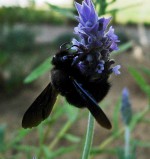
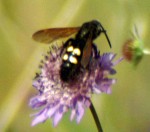
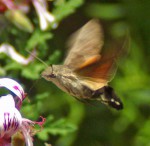

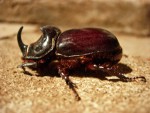
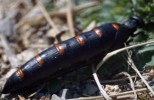
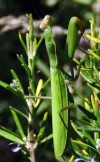

I have had praying mantis in the garden over a period of years in Alicante, Spain.
A fascinating sight, where it will remain in situ, despite taking close up photos/videos on many occasions over the last decade.
LikeLike
Fascinating insects that I always think look like little aliens. Their strategy seems to be to sit tight and hope (pray?) you can’t see them, although they do follow your movements with a turn of their heads don’t they? It sounds like they enjoy a safe haven in your garden, hope you get to enjoy them for many years to come.
LikeLike